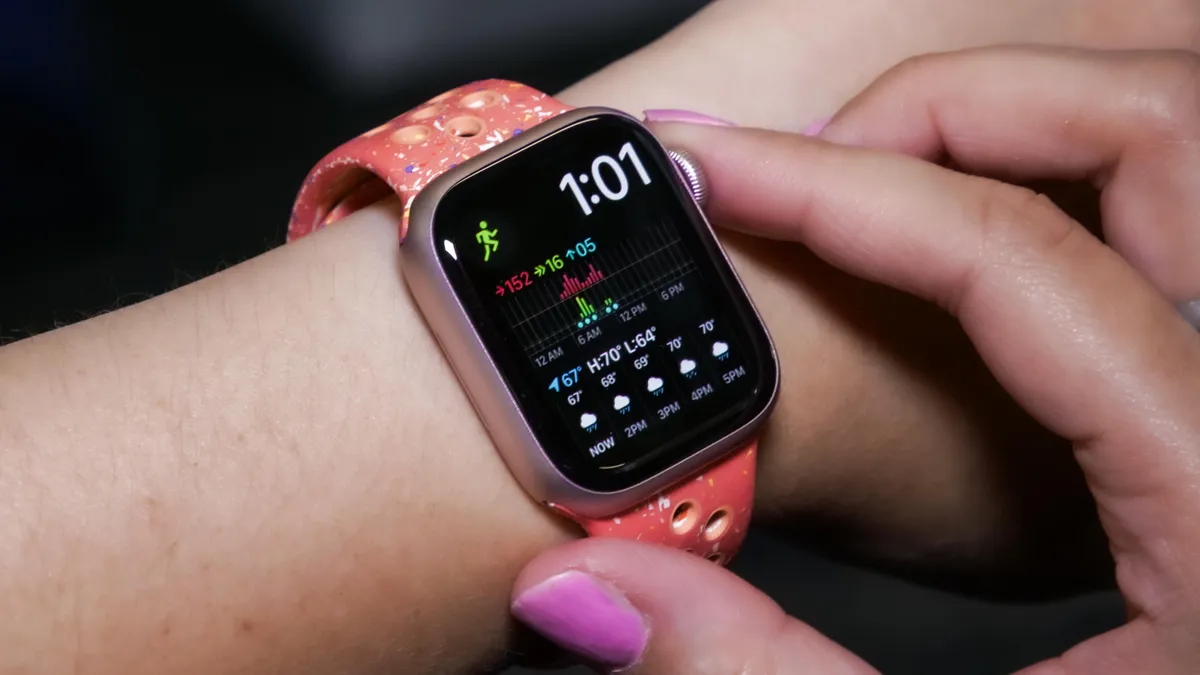The smartwatches that can predict Parkinson's disease

Smartwatches gather vast amounts of data about our physiology. Now their technology is being harnessed like never before.
As the chief anaesthesiologist at CHUV University Hospital, Patrick Schoettker is all too aware of the complications which can follow a lengthy operation under a general anesthetic.
Rapid blood loss from the surgical site can send the patient into shock, triggering sudden and dangerous dips in blood flow through the body. But patients can also develop severe lung problems after many hours of deep sedation, a complication that accounts for a quarter of all deaths within the first six days of surgery.
Such tragedies sometimes occur due to undetected underlying frailties in the patient's physiology. But what if hospitals had a quick, low-cost way of screening for them ahead of major procedures?
Schoettker and his colleagues are conducting a trial that involves fitting patients with a smartwatch known as the Masimo W1 several weeks ahead of their pre-operation consultation. The data collected is then used to assess their state of health.
The W1 provides continuous readings of heart rate, respiration rate, blood oxygen, pulse rate, and even hydration levels, all to medical-grade accuracy. Schoettker describes the layers of information as being akin to a "digital twin", and believes it could help save lives.
"We plan to use this pre-operatively acquired data to predict possible pre or postoperative complications and act on them in a preventative way," says Schoettker.
This is just one example of how the booming smartwatch market – some analysts have predicted that more than 400 million devices will be sold worldwide by 2027 – is opening up a bold new era of preventative health. Masimo, Apple, Samsung, Withings, FitBit, and Polar have all developed watches capable of recording an extraordinary amount of data, allowing measurements such as sleep quality, blood pressure, heart rhythm variation, and blood oxygen saturation levels – a marker of how well the heart and lungs are functioning – to be tracked in real-time.
Previous article





